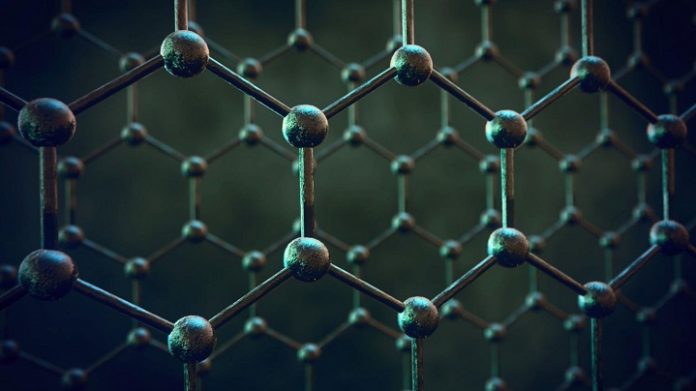Over the last years, the global data traffic has experienced a rush, with over 12.5 billion connected devices all over the globe. The current global distribution of the 5G telecommunications pattern has triggered the demand for smaller devices with enhanced offerings, such as lower power consumption, higher speed and easier manufacturability as well as reduced cost.
In the quest for the relevant technology, photonic devices have emerged as the best technology for the development of such Information and Communication Technologies, transcending the abilities of current CMOS and microelectronics technologies.
Modulators, waveguides and photodetectors are the basic three components on which optical communication system relies upon. The modulation of light is pivotal for photonic ICs because it allows broadcasting of multiple signals concurrently across a single channel. More precisely, electro-absorption (EA) modulators accentuate the amplitude of the light passing within the optical waveguide.
Till now, graphene and silicon have been winning the competition since they were showing to be the most cost-effective, scalable and CMOS compatible materials for optical detection and modulation.
Graphene-based modulators are known for broadband optical bandwidth and temperature stability, but sometimes they are capable of showing both high modulation and high-speed efficiencies together. This happens due to the limited quality of graphene and a combination of dielectric and graphene material.
To achieve such a feat, researchers developed a high-quality graphene-based electro-absorption modulator by mixing high-quality graphene and a high-k dielectric.
Interestingly, the team was then able to add the high-k dielectric material HfO2 in between two layers of boron nitride, which allowed working with many smaller voltages and, at the same time, producing symmetric and hysteresis-free due to the high quality of the graphene.
By doing this, the dielectric combination was able to enhance the EA modulator capacitance without endangering the robustness of the device against high voltages, save the high mobility of charge carriers (increasing the modulation efficiency) while managing low levels of doping.
In brief, the device was proficient in defeating previous modulators, operating at high-speeds while managing a very high modulation efficiency, low power consumption, producing a record-breaking 39GHz bandwidth, with operations up to 40Gbps rate, and logically overcoming the significant barriers obtained so far with double-layer graphene systems.
The adaptability of this device with microelectronics and silicon technology could benefit the scaling developments that we face nowadays for the photonics industry and achieve this type of technology for a much greater range of objectives in optoelectronic and electronic applications. Such results could help applications for low-latency and high-speed optical networks such as remote surgery, autonomous vehicles, IoT, and so many more.









